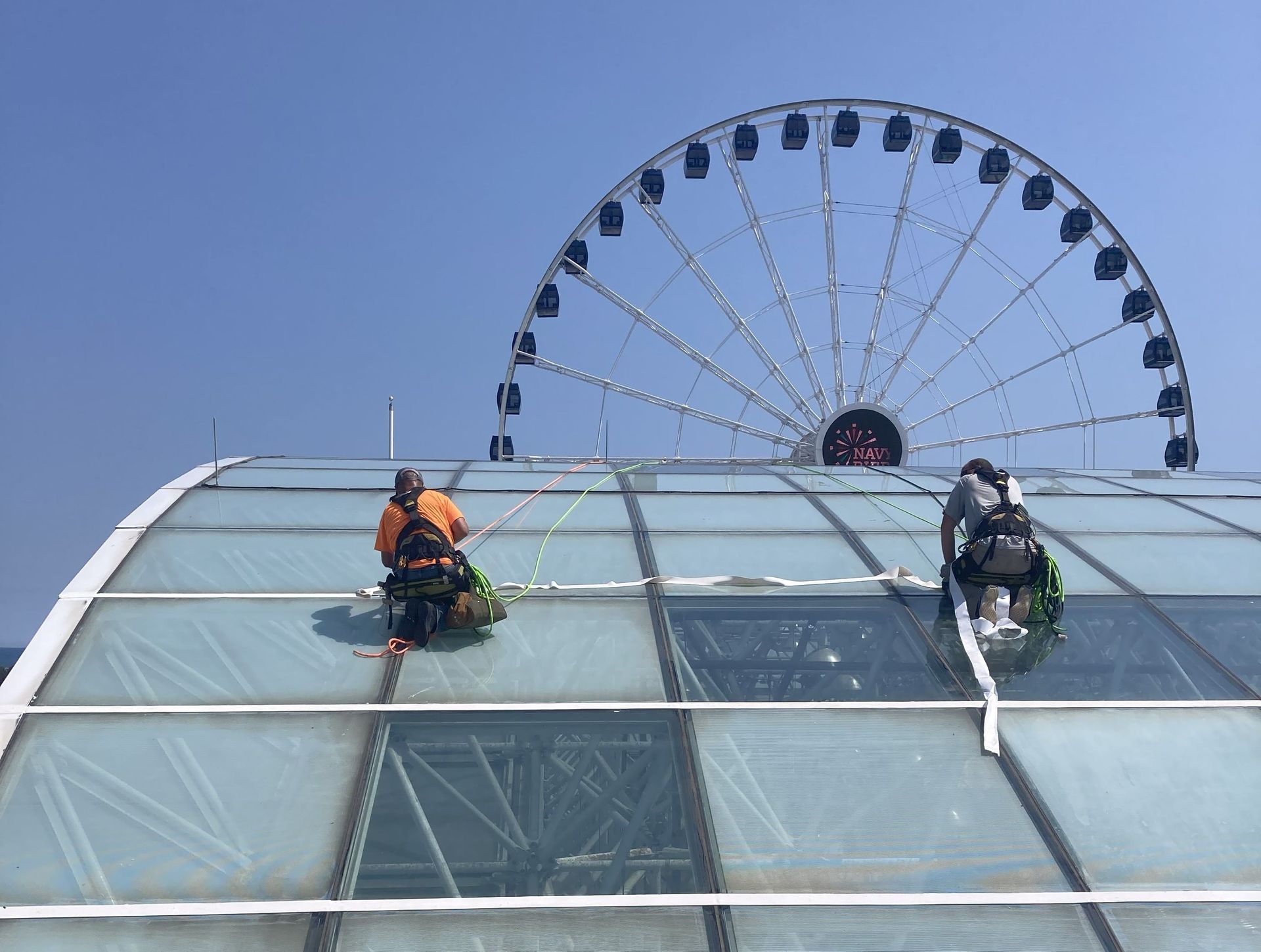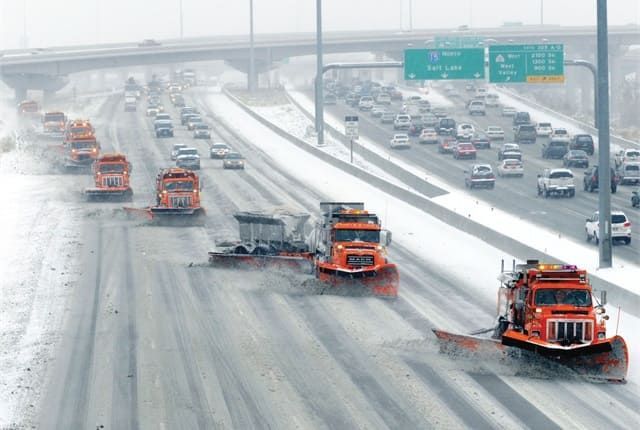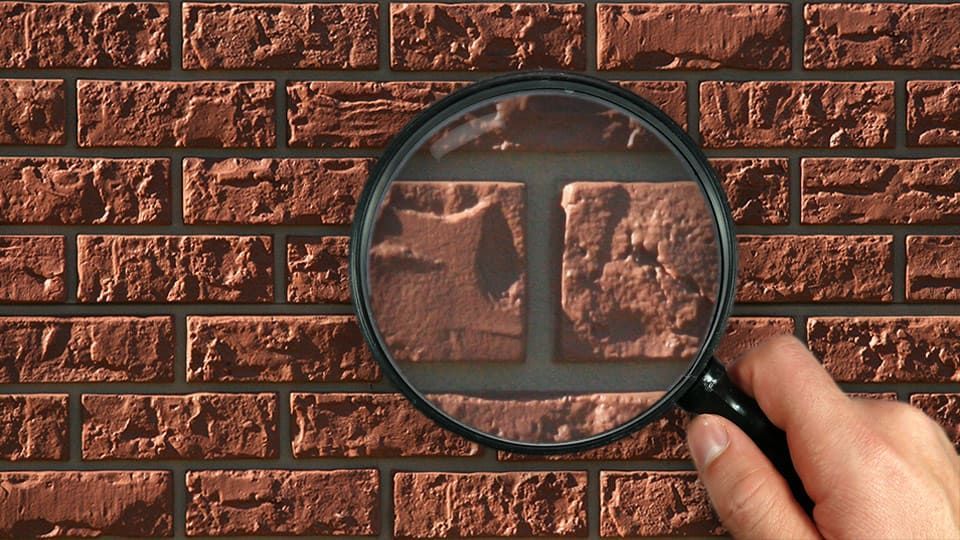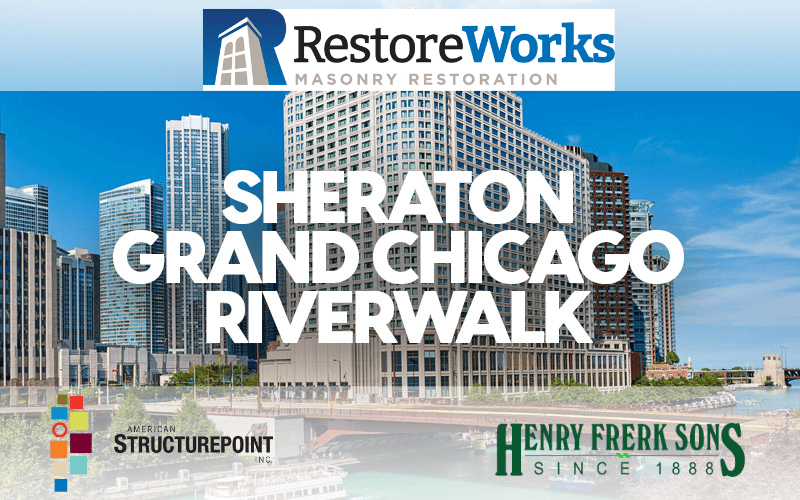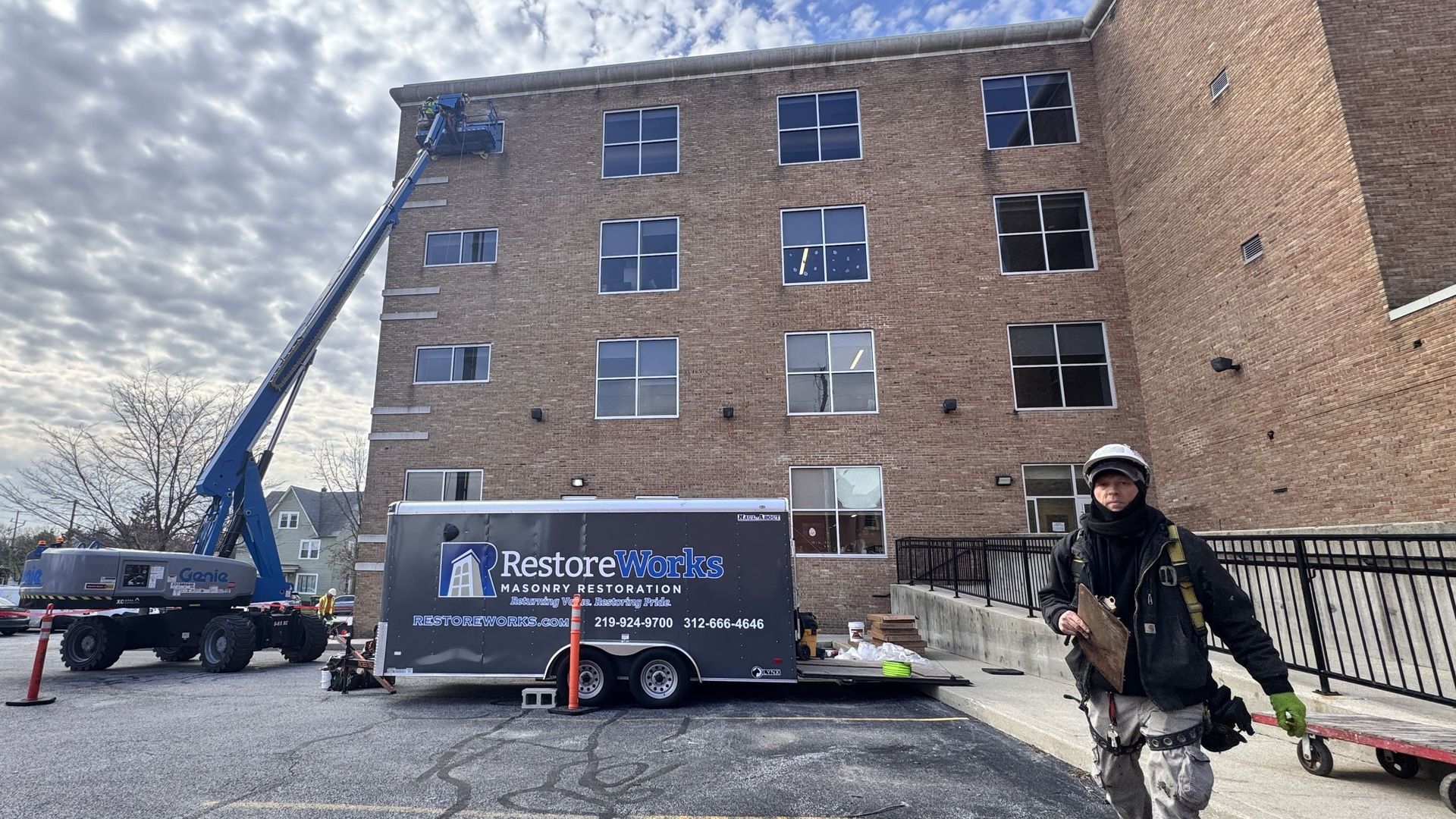Historic terracotta facades add character and life to commercial buildings, but over time, they deteriorate due to weather exposure, structural movement, and delayed maintenance. Property managers, facilities managers, and engineers tasked with maintaining these structures need a strategic approach to restoration.
Below, we explore five common issues with historic terracotta and effective solutions to address them.
1. Cracked or Spalled Terracotta
Issue:
Cracks and spalling occur due to freeze-thaw cycles, impact damage, or structural shifts. Water infiltration worsens the issue, weakening the surrounding masonry and corroding steel supports.
Solution:
- Check the damage with a thorough inspection to determine whether individual units need repair or replacement.
- Use patching compounds specifically designed for terracotta when damage is minimal.
- Replace deteriorated units with custom-fabricated terracotta pieces to match the original design.
- Apply a breathable water repellent to reduce moisture absorption without trapping vapor inside the masonry.
According to Masonry Magazine, water infiltration is described as the most common source of deterioration, especially in mass, transitional, and curtain/barrier wall systems.
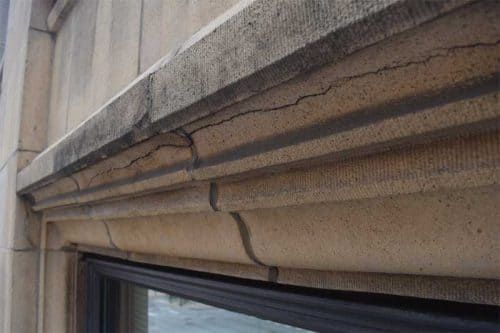
2. Failing Mortar Joints and Open Seams
Issue:
Deteriorated mortar joints allow water to penetrate behind your terracotta, leading to internal damage. Open seams at expansion joints or between units increase the risk of water infiltration.
Solution:
- Tuckpointing with a compatible mortar mix provides a watertight seal without damaging surrounding terracotta.
- Seal expansion joints using high-performance commercial sealant repair solutions to accommodate movement and prevent leaks.
- Regularly inspect joints to detect early signs of failure before moisture intrusion leads to more thorough damage.
The International Masonry Institute states that well-maintained mortar joints can last up to 75 years in ideal conditions. However, even with excellent maintenance, mortar joints will eventually require repointing. The estimated lifespan of freshly tuckpointed mortar is around 25-30 years.
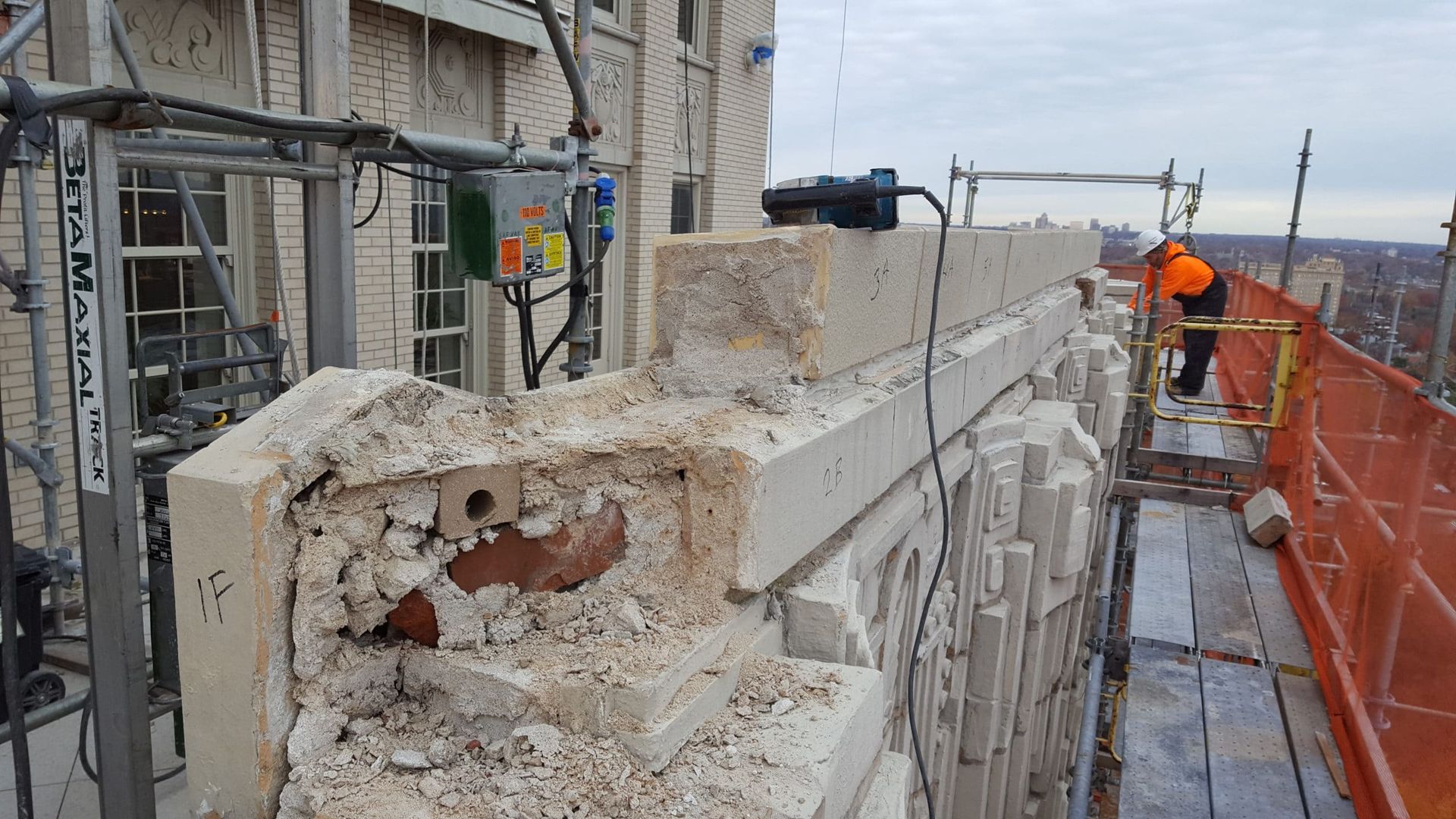
3. Corroded or Failing Steel Lintels
Issue:
Many historic terracotta buildings rely on steel lintels for structural support above windows and doors. When these lintels corrode, they expand, causing the terracotta to crack or detach.
Solution:
- Conduct structural assessments to identify lintels showing signs of corrosion.
- Replace or reinforce your deteriorated lintels to maintain load-bearing capacity.
- Use rust-inhibiting coatings to protect steel elements from future corrosion.
- Properly install flashing to direct water away from steel supports and prevent accelerated deterioration.
According to The Construction Specifier, rust scale can expand to up to 10 times the volume of the original metal, exerting great pressure on the surrounding terracotta and causing cracking or displacement.
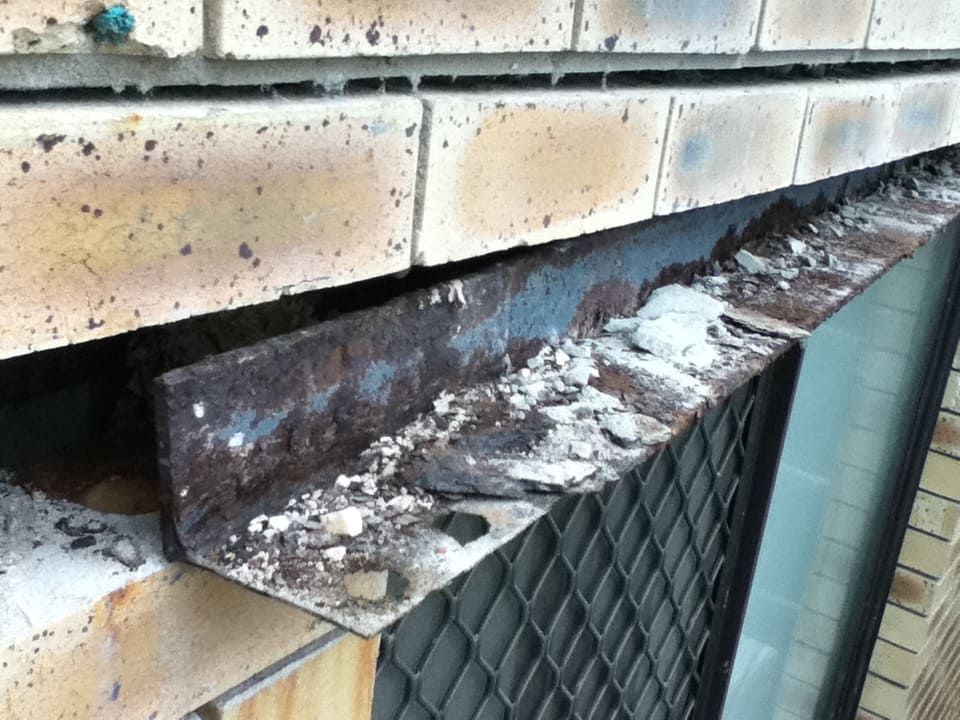
4. Water Damage and Efflorescence
Issue:
Continual water infiltration leads to efflorescence (salt deposits), staining, and material decline. Poor drainage and lack of waterproofing speed up the damage.
Solution:
- Identify the source of moisture. Roof leaks, improper flashing, and clogged drainage systems are common sources.
- Improve drainage by making sure downspouts, gutters, and weep holes function properly to direct water away from your facade. Address areas of deterioration with procedures like tuckpointing and replacement of failed sealants.
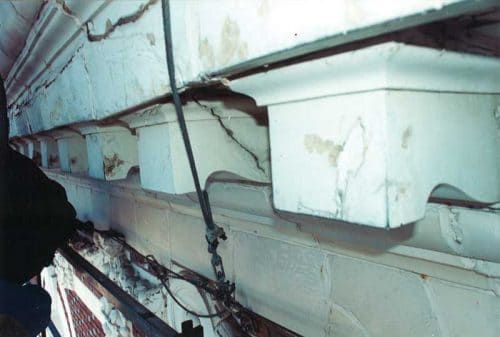
5. Mismatched or Poorly Executed Past Repairs
Issue:
Previous restoration efforts may have used incorrect materials, leading to mismatched color, texture, or structural incompatibility. Improper mortar or coatings can speed up deterioration.
Solution:
- Conduct material analysis to match new restoration materials with the original terracotta.
- Work with specialists experienced in restorative masonry cleaning and repairs to guarantee historically accurate results.
- Remove incompatible past repairs that may be contributing to further deterioration.
A case study by IIBEC on a failed historic roof restoration in Boston highlights how design errors and substandard workmanship led to systemic failure within two years of completion.
Protecting Your Historic Terracotta for the Future
Restoring historic terracotta requires expertise in masonry preservation, structural stabilization, and waterproofing solutions. By handling these common issues proactively, you can prevent costly failures and maintain the appearance and structural integrity of your building.
RestoreWorks specializes in historic masonry restoration, previously working on iconic buildings like the Chicago Athletic Association and The Wrigley Building. If your commercial property needs an assessment or restoration plan, contact us today to discuss your project.


